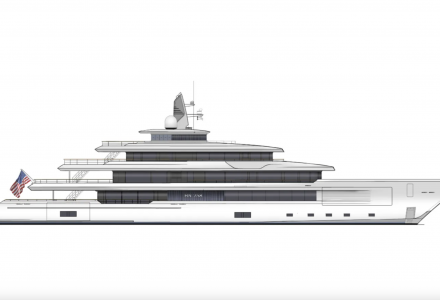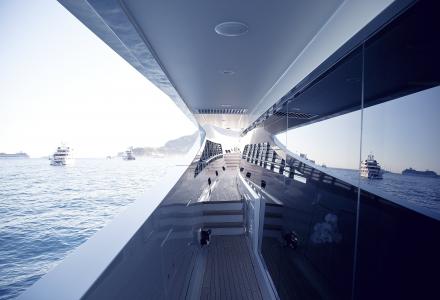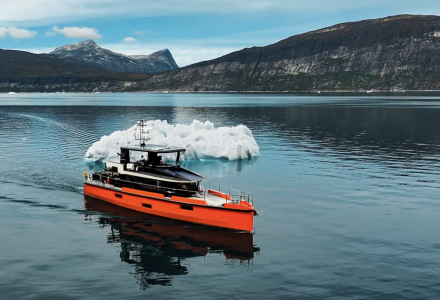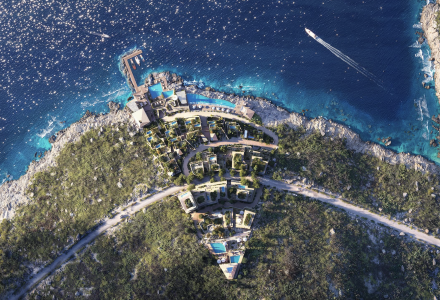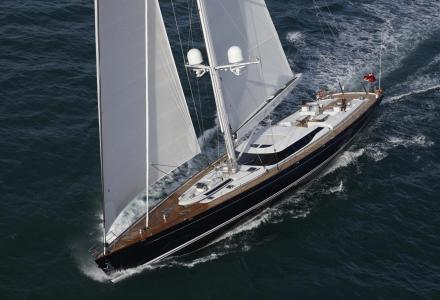Trident is the fastest machine from underwater robotics startup Open ROV and a remote-controlled, camera-equipped underwater drone. According to its co-founders David Lang and Eric Stackpole, Trident can go "as fast as Michael Phelps". For reference, Phelps clocks in at 4.4 mph if you factor his record for 50.77 seconds in the 100 m. So that's faster than a goldfish and some underwater vehicles and drones.
Another alluring feature about Trident is its ability for precision maneuvers. Using any kind of gaming controller, the drone can swim in long, straight lines called "transects" but also stop on a dime and execute moves in compact spaces.
That sort of speed and precision is helpful when passing through the sea. Trident can drift over objects as well as change depth or direction without pitching at high or low speed. Trident can stop exactly where you want to further explore a sunken ship (possibly with buried treasure) that makes it a blessing to underwater exploration.
While the technical limit for human explorers lies in about 100 meters below the surface, the Trident can reach these depths quite easily.
The underwater drone can stream live video to a monitor during explorations and the team at OpenROV is currently exploring VR so those playing with one of these drones have a feeling they are right there in the depths with their vehicle.
"Imagine a teacher in the future using this in class and all the kids can put on their Google VR headsets and see different things around the ocean," Lang said.
OpenROV started out as a project among friends to get to the bottom of an underwater mystery. OpenROV took in a tidy million dollar sum of venture capital to explore new designs, including the Trident. OpenROV is in the last days of its Trident Kickstarter campaign. So far the campaign has raised nearly $800,000 to date - much more than the original $50,000 the co-founders initially desired. OpenROV headquarters is in Berkeley, California. That's where the team designs, manufactures, ships and supports the robots.
Another alluring feature about Trident is its ability for precision maneuvers. Using any kind of gaming controller, the drone can swim in long, straight lines called "transects" but also stop on a dime and execute moves in compact spaces.
That sort of speed and precision is helpful when passing through the sea. Trident can drift over objects as well as change depth or direction without pitching at high or low speed. Trident can stop exactly where you want to further explore a sunken ship (possibly with buried treasure) that makes it a blessing to underwater exploration.
While the technical limit for human explorers lies in about 100 meters below the surface, the Trident can reach these depths quite easily.
The underwater drone can stream live video to a monitor during explorations and the team at OpenROV is currently exploring VR so those playing with one of these drones have a feeling they are right there in the depths with their vehicle.
"Imagine a teacher in the future using this in class and all the kids can put on their Google VR headsets and see different things around the ocean," Lang said.
OpenROV started out as a project among friends to get to the bottom of an underwater mystery. OpenROV took in a tidy million dollar sum of venture capital to explore new designs, including the Trident. OpenROV is in the last days of its Trident Kickstarter campaign. So far the campaign has raised nearly $800,000 to date - much more than the original $50,000 the co-founders initially desired. OpenROV headquarters is in Berkeley, California. That's where the team designs, manufactures, ships and supports the robots.

